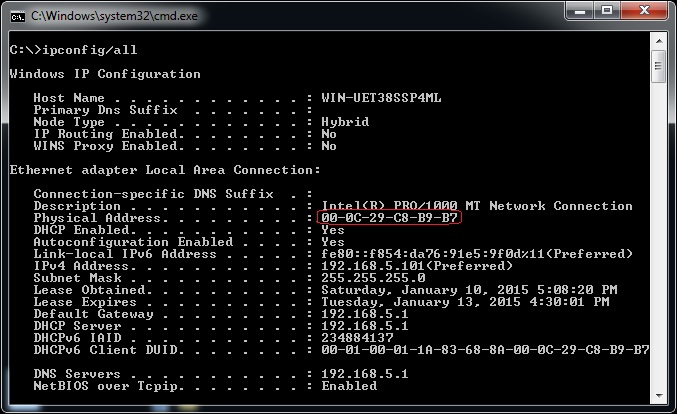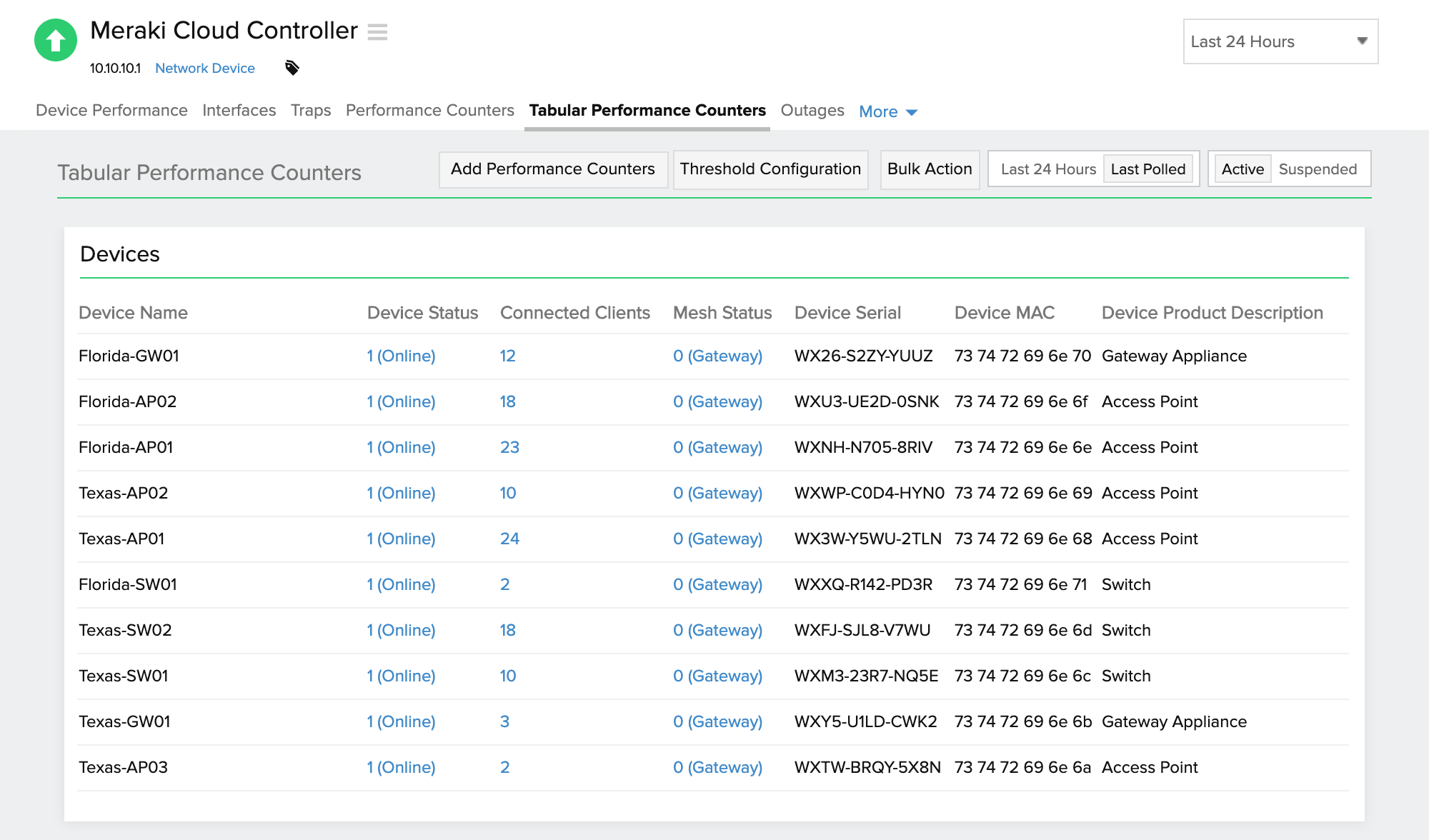

The MAC address uniquely identifies a specific network device and MAC addresses must be unique on a given LAN (a network of computing devices in a single subnet of IP addresses). The MAC address is most frequently represented as 12 hexadecimal digits. The IEEE 802.3 Ethernet and 802.5 Token Ring protocols specify that the MAC sub-layer must supply a 48- bit (6 byte) address. The MAC sublayerĪlso communicates with the Logical Link Control ( LLC) sub-layerĪbove it allowing it to access and speak to the upper layer network protocols

The MAC sublayer provides the means to access the the physical medium used for communication. That control the electricity transmitted and received on a copper wire are Or radio frequencies) over the physical media. That handle communication with the physical media (copper wire, fiber opticĬable or the air) by controlling the communication signal (electricity, light On every network interface adaptor card there You now have successfully removed a MAC address from the MAC Filter list.The Media Access Control is often said to be a sub-layer of the OSIĭata Link layer. In the Stations List area, choose the MAC address that needs to be removed.
#CISCO MAC ADDRESS ACCESS CONTROL PASSWORD#
The device whose MAC address is listed will not be able to establish a connection to the network even if the correct password is entered. You should now have applied MAC filtering to the chosen VAP. RADIUS - This option makes use of a RADIUS server for the MAC filter.Local - This option uses the list created in the Access point.

Disabled - This option deactivates MAC Filtering on the chosen VAP.Choose the source of the filter from the MAC Filter drop-down list. Note: In this example, the filter will be applied to the ForMAC network. Choose the SSID where the filter list needs to be applied to. Note: In this example, Radio 1 (5 GHz) is chosen. Choose the Radio for the VAP where the filter list needs to be applied to. You now have successfully added a MAC Address to the MAC Filter list. Verify that the MAC address you added appears inside the Stations List box and then, click Save. Note: In this example, a device that has the MAC address 28:f0:76:2a:21:92 is added to the list. In the MAC Address fields, enter the MAC Address you want to add to the list.

Note: In this example, Block all stations in list is chosen. Block all stations in list - This option denies connection requests from devices whose MAC addresses are in the filter list.Allow only stations in list - This option only lets devices with its MAC address included in the filter list to connect to the network.Choose the appropriate filter to be deployed in the Filter area. Log in to the web-based utility of the access point and choose Wireless > MAC Filtering. Applicable DevicesĬonfigure MAC Address Filtering Add a MAC Address to the List
#CISCO MAC ADDRESS ACCESS CONTROL HOW TO#
This article aims to show you how to configure MAC address filtering on a WAP. This means that even if these devices have the correct password, they still cannot establish a connection to the WAP and its wireless network. In this scenario, a list of MAC addresses will be denied permission to connect to the network and its resources. In addition, a VAP can be configured to look at a MAC filter list on an external Remote Authentication Dial-In User Service (RADIUS) server. MAC address filtering can be enabled or disabled per Virtual Access Point (VAP) on a wireless router and a wireless access point (WAP). You can then grant or deny permission for these devices on the list to connect to the network and its resources, depending on your requirement. Media Access Control (MAC) Address filtering lets you list down the MAC addresses of the wireless clients connected to your network, effectively creating a known-only devices list.


 0 kommentar(er)
0 kommentar(er)
